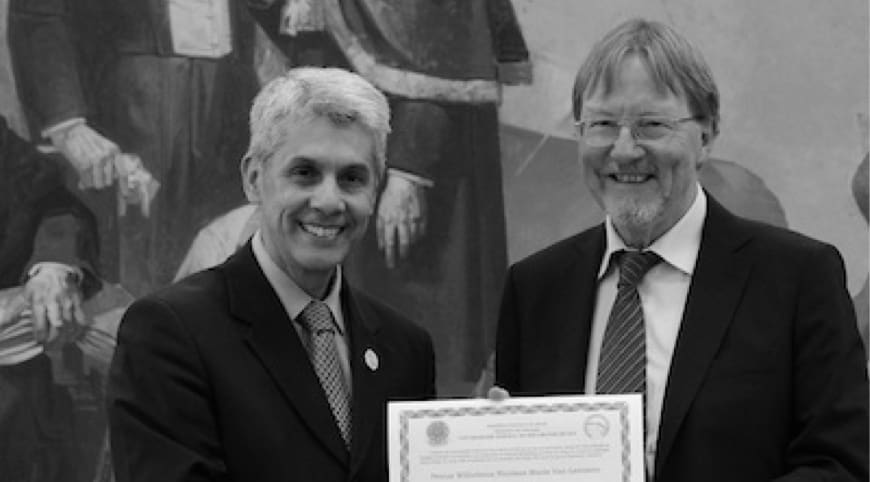Catalysis by Design: Wide-Bite-Angle Diphosphines by Assembly of Ditopic Ligands for Selective Rhodium-Catalyzed Hydroformylation
Ditopic ligands comprising an anionic NO or NN moiety (shown in blue and gray) and a phosphine moiety (orange) can be assembled with hard metals such as zinc(II) (green) to form bidentate phosphine ligands. This approach led to a rhodium catalysts for the selective hydroformylation of 1-octene with linear-to-branched ratios up to 21:1 and rates comparable to covalently bound wide-bite-angle diphosphine ligands.

D. Rivillo, H. Gulyás, J. Benet-Buchholz, E. C. Escudero-Adán, Z. Freixa, P. W. N. M. van Leeuwen
Angew. Chem. Int. Ed. 2007, 46, 7247-7250
DOI:
Go to the journal

Let's create a brighter future
Join our team to work with renowned researchers, tackle groundbreaking
projects and contribute to meaningful scientific advancements




















